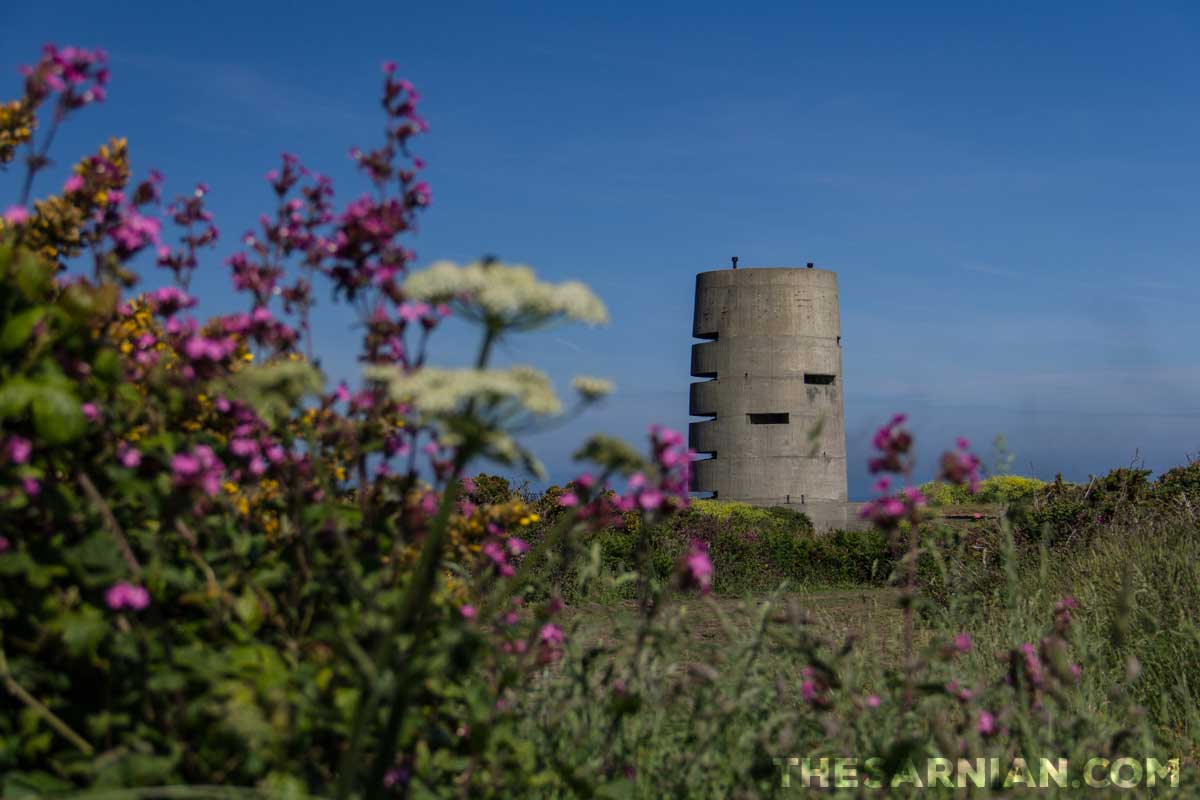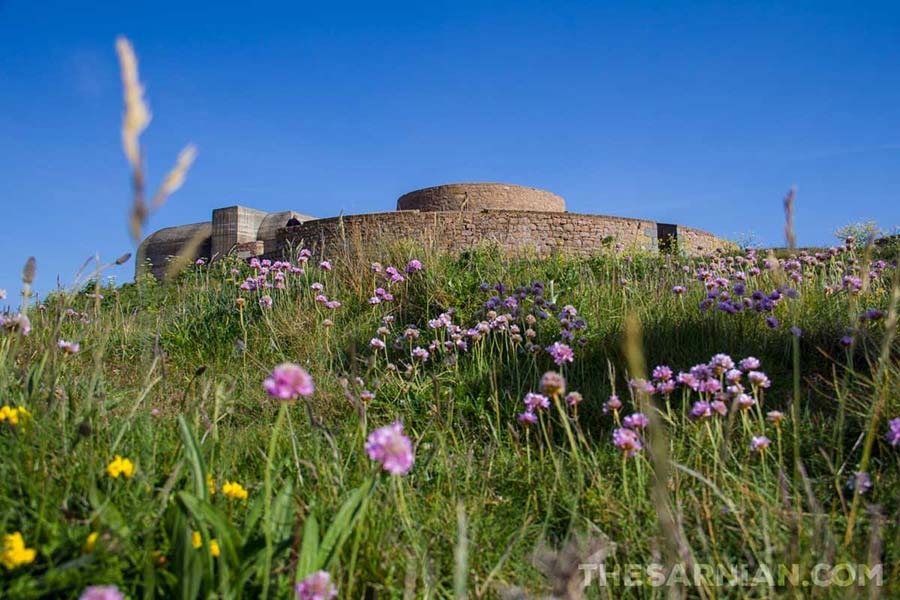20th October 1941
Hitler ordered the Channel Islands’ fortification
Capturing the Channel Islands was an enormous coup for Germany early in the Second World War. Hitler was keen to present life on them as a model occupation. At the same time, though, he was aware that they were of enormous strategic importance. Being so close to France meant they could have been used as a staging point for an Allied invasion of mainland Europe – something he would want to avoid at all costs.
In October 1941, therefore, he ordered that they should be fortified as part of his plans for an Atlantic Wall. The result must be all but impregnable. The defences would therefore include between 200 and 250 strongpoints on each of the larger islands. The deadline for completion was set for the end of the following year.
Organisation Todt
Organisation Todt was initially a benign department that concerned itself with building Germany’s autobahn network. However, with the advent of war it took on a more sinister role. It handled the construction of both defensive and offensive structures, and Todt himself was named Minister of Armaments and Munitions in 1940.
The Atlantic Wall, which included fortifications on Guernsey, Jersey and Alderney was Todt’s responsibility. If he was to deliver what Hitler wanted, he would need enormous numbers of slave workers. These were brought in from across the conquered parts of Europe. In total, over 16,000 were brought to the Channel Islands, of whom 7000 worked in Guernsey.

Many of the workers were housed in four concentration camps on Alderney and were given the hardest work, including tunnelling, quarrying and unloading ships. Some of them were worked to death.
Todt visited Guernsey in October 1941, but had been preceded by Fortress Engineer Staff 19 who had set about making plans for locating and building the necessary bunkers and casemates. They had also started work on a railway from St Peter Port to L’Eree by way of St Sampson for transporting supplies.
Standard construction
Although there are several different designs of bunker and casemate across Guernsey, they have several common features. They are all made of concrete that was poured into a wooden shell. The ceilings are between 2.5m and 3m thick for strength, and the doors are at least 30mm deep. The entrance doors were set at 90 degrees to at least one other wall in the bunker. This allowed those inside to see who was calling – and shoot them if necessary.
The rear of some beaches, including L’Ancresse were given concrete walls to make tank landings impossible. Elsewhere, tunnels made good use of Guernsey’s natural rock for protection. The underground hospital at St Andrews and the tunnels beneath Clarence Battery and Fort George that are now used as the aquarium and perhaps the best known of these.

Ultimately, the defences were never put to the test so we shan’t know how they would have performed under fire. The British government showed little interest in liberating the Channel Islands during the war, and Churchill famously commented “Let em starve” when Germany offered to evacuate most of the local population once the war had turned against them.
Thus, the occupation of the Channel Islands came through German surrender rather than Allied invasion on 9 May 1945.
FREE Guernsey history newsletter
Don't miss our weekly update on Guernsey's fascinating history. We promise never to sell your data to anyone else, and there's a super-easy unsubscribe link on the bottom of each email so you can leave whenever you want.
Other events that occured in October
The first mines were dug on Sark
- Sark is rich in silver and copper, which have attracted several speculators over the years.
- Read more…
Sir Charles Hayward buys Jethou for £91,000
- The tiny island beside Herm was Charles and Elsie Hayward's home until 1983
- Read more…
GUNS founder Charles Machon died
- Machon had suffered from an ulcer and didn't receive the treatment he required in custody.
- Read more…
Sarnia Theatre celebrated its most successful year
- The theatre celebrated its success, but it didn't last. It closed 14 years later.
- Read more…
